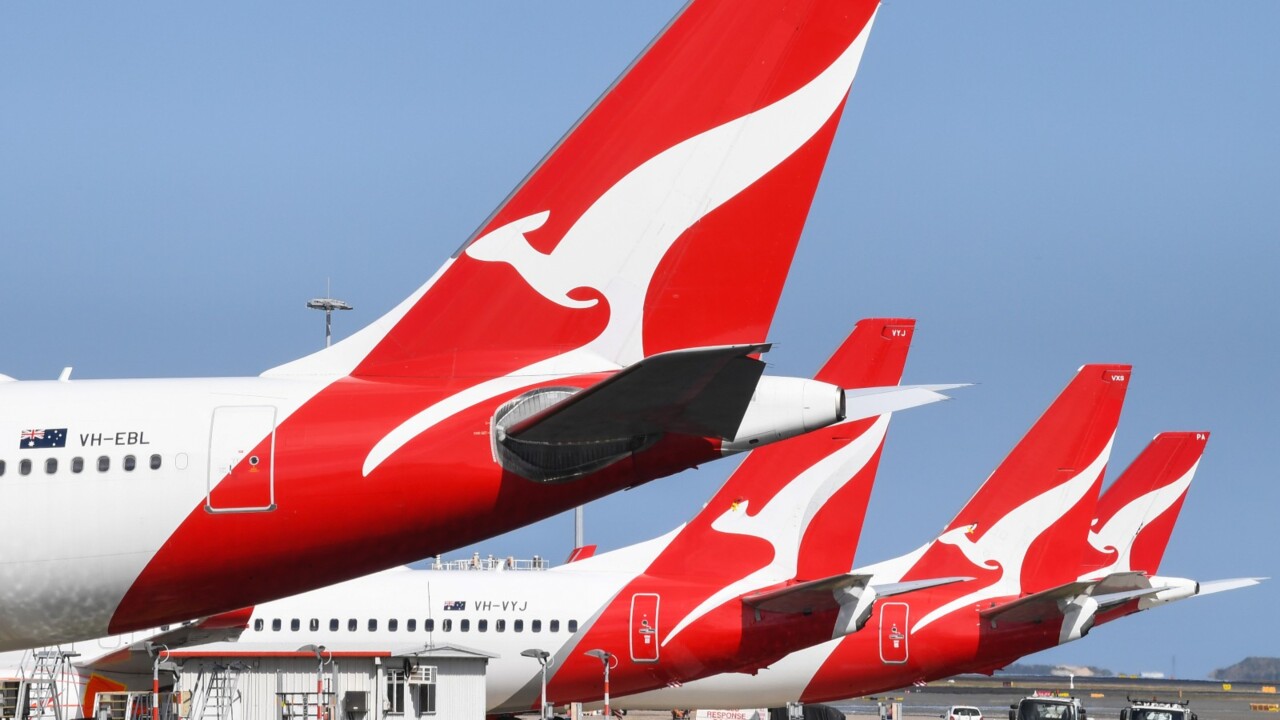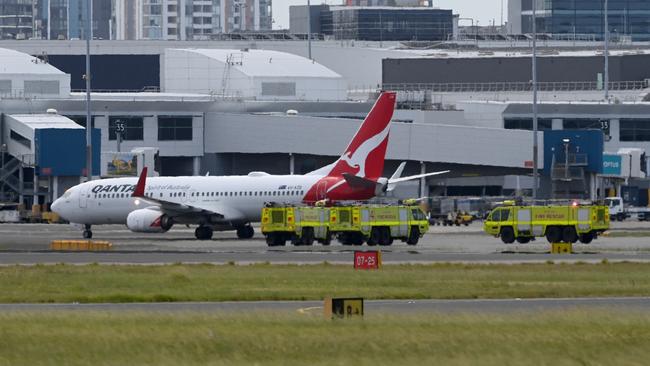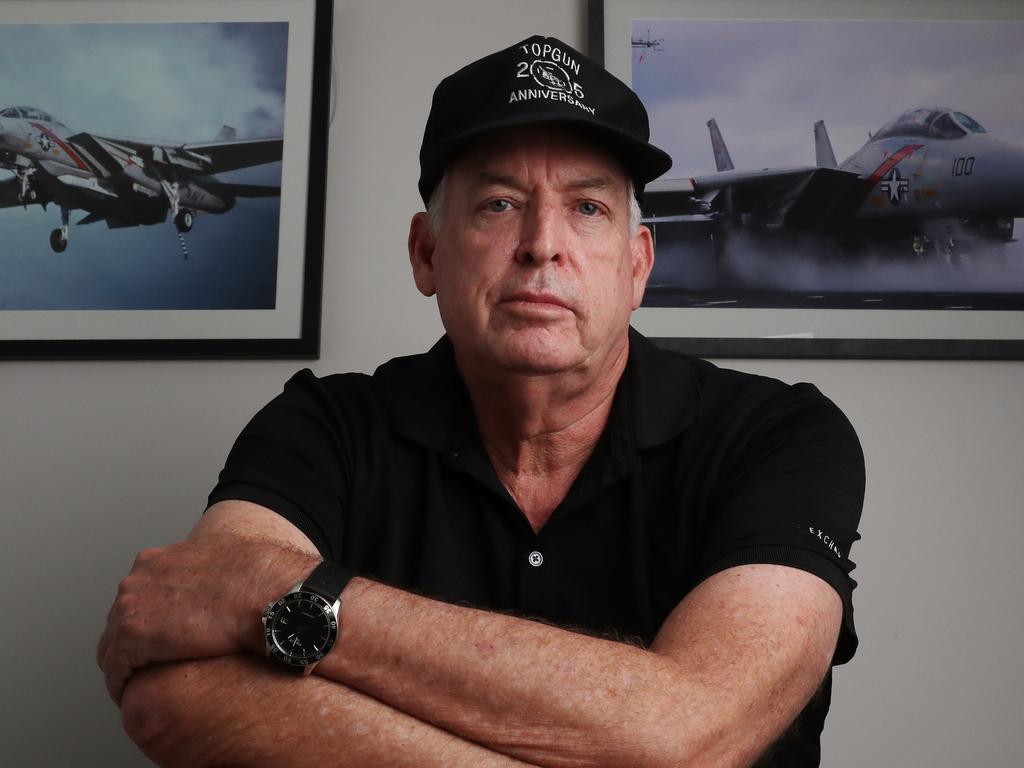QF144: Safe landing after Qantas mayday call
Passengers aboard a Qantas 737 flight from Auckland heard noises, felt plane slow, but were not told an engine had been lost until it had safely landed in Sydney.

Passengers on board a Qantas 737 flying from Auckland to Sydney were not told the aircraft was operating on a single engine an hour before it was due to land.
The pilots of QF144 issued a mayday call to air traffic control when the left engine failed over the Pacific Ocean, in what was described by Qantas as “rare” event.
In response, Sydney International Airport declared a “level 2” emergency, requiring the attendance of 30 NSW police, 20 NSW ambulance vehicles and 12 NSW fire and rescue trucks.
Four Airservices Australia fire and rescue teams were also on standby in readiness for a full scale emergency.
The mayday was later downgraded to a PAN, or “possible assistance needed”, as the flight crew prepared to land the 174-seat aircraft.

Just before 3.30pm on Wednesday, the 737 touched down safely and all 145 passengers and seven crew disembarked normally while engineers pored over the failed engine.
Those on board were informed there was an issue with the aircraft during the flight, and that emergency services would be meeting the plane but not of the extent of the problem. Colin and Simone Schmidt said they heard a “bang” during the flight and there were a few gasps after landing when passengers learned one of two engines on the plane had malfunctioned.
“We didn’t realise the whole engine had gone,” said Ms Schmidt. “We just heard a bang and that was it, so you don’t know what you don’t know.”
Nigel Morris said he’d noticed the speed of the plane slowed and fire engines were waiting on the tarmac at the airport.
When he was given the all clear to turn on his mobile phone, Mr Morris said he had 18 missed calls from his wife. “There’s a debate about whether it’s better to know or not know,” he said. “As I said to my wife, I think it’s worse for you knowing.”
Lesley Spring said the flight had been “absolutely fine” and said she’d noticed only a “little bit of turbulence”. “If they hadn’t had told us when we stopped, we wouldn’t have known,” she said.
Australian and International Pilots Association president Tony Lucas said the end result was “testament to the professionalism of the crew, their training and dedication”.
“A safe outcome is a fantastic result,” he said.
“Engine failure is an extremely rare event, a once in a career event for crew, and a lot of crew go through their career without experiencing it at all, but training and professionalism is what helps us to deal with these things.”
Captain Lucas said AIPA would be in touch with the pilots to check on their welfare following the mid-air drama.
“Aircraft have in-built redundancy so they are able to operate on one engine for a significant time,” he said.
“In the case of 737s, two hours (of flying) is the legislative requirement but they can go beyond that.”
Australian Licensed Aircraft Engineers Association federal secretary Steve Purvinas said the sort of engine involved, a CFM-56, was the most commonly fitted engine type.
“Engine failures are quite rare on the CFM-56.
“There would be one engine failure for every 300,000 hours of flying,” he said.
“I’m sure the investigation into this incident will take quite a long time but it needs to because these investigations are how we improve safety in aviation.”
He said there were numerous rules around engine repairs and maintenance, with some specific tasks unable to be carried out simultaneously on both engines.
Late on Wednesday, the Australian Transport Safety Bureau was gathering information about QF144 ahead of making a decision on whether an investigation would be necessary.







To join the conversation, please log in. Don't have an account? Register
Join the conversation, you are commenting as Logout